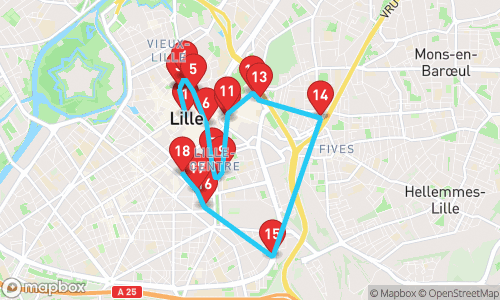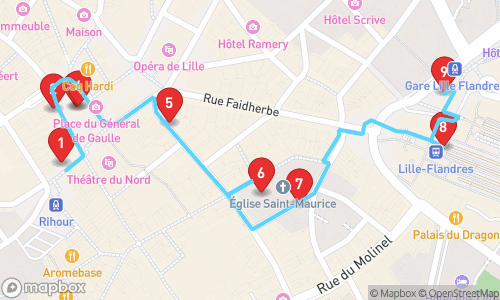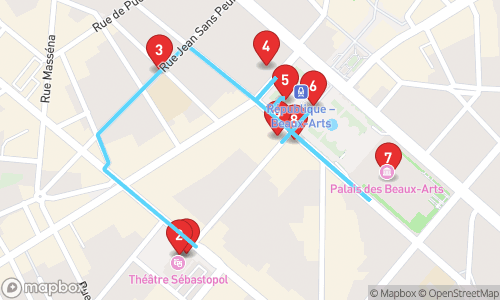
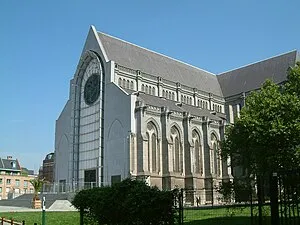
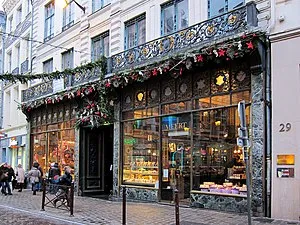

Okurrr! Lille with Cardi B: From Cobblestones to Couture!

Tour Guide
Cardi B
Welcome to Lille! On this GPS guided audio tour, we will visit 19 stops on a route of 5.56km. This tour focusses mainly on general tourism.
Locatello is an app where you can generate personal audio guided tours. Set your preferred distance, guide, language and theme, and a guided tour is created on the spot.
Walking Time
Distance
stops
Language
Tour Stops

Column of the Goddess
A victory column dedicated to the Siege of Lille in 1792, featuring a statue of a goddess allegorically representing the besieged city wearing a mural crown.

Lille Cathedral
A Gothic Revival Catholic cathedral and basilica in Lille, built in honor of the Virgin Mary and featuring a 12th-century statue with miraculous properties.

Maison Meert
Maison Meert is a historic pastry shop established in 1677 in Lille, France. It is renowned for its traditional Lillois specialties, including wafer-thin waffles filled with vanilla from Madagascar.

Rihour
A station on the Line 1 of the Lille Metro, situated underground with access to Place Rihour, serving the city center and popular attractions such as Palais Rihour and Grand-Place.

Saint-Maurice church
A Gothic-style hall church with construction spanning over four centuries, from the 14th to the 19th century. Made a monument historique in 1914, it showcases stunning architecture.
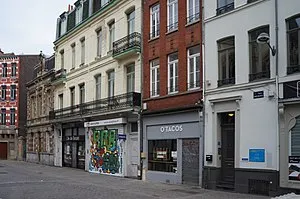
Parvis Saint-Maurice
A historic parvis surrounding the Église Saint-Maurice, its southernmost tip, the Contour Saint-Maurice, retaining its original 17th-century width. The parvis was once a cemetery and later a tram route before being redeveloped into a public space.
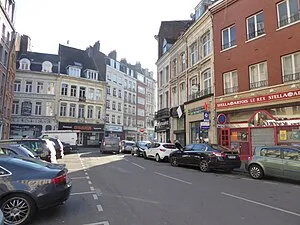
Place des Reignaux
A historic square in Lille, named after the Dergnau/Dérégnau family, who owned a house nearby the 13th-century Saint-Maurice Church. The square has a complex history, with fortified buildings, fortifications, and architectural changes over the centuries.
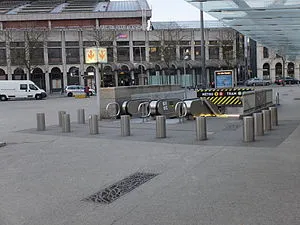
Gare Lille-Flandres
An underground station, serving as a hub for the two lines of the Lille Metro. It is one of the busiest stations in the network, with over 177,000 daily passengers.
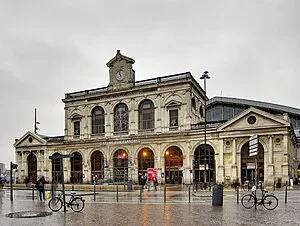
Lille-Flandres station
A railway station in Lille, France, serving as the main terminal for SNCF Intercity and regional trains, with a vast array of high-speed, intercity, and regional services connecting to various destinations in France, Belgium, and beyond.
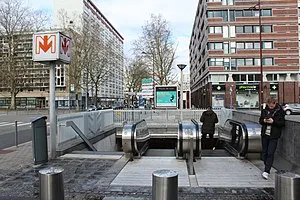
Mairie de Lille
A underground station located at the intersection of Avenue du Président-John-Fitzgerald-Kennedy and Rue Saint-Sauveur, serving the Lille-Centre district.
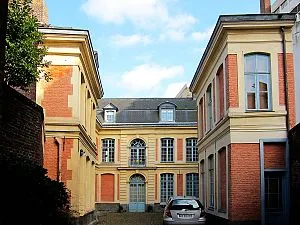
Hôtel de Marchiennes
A private mansion, Hôtel de Marchiennes, is a historic building situated inside the city's fortified walls, housing an abbey's former refuge and later a textile industrialist's residence.

Belfry of Lille
A clock tower and the most prominent landmark in Lille, the Belfry of Lille is a 104m-tall, Art Deco-inspired structure with a neo-Flemish style, blending modern and regional architectural elements. It is the highest town hall building in France and a UNESCO World Heritage Site.

Paris Gate
Paris Gate, a triumphal arch, has two distinct facades: the city entrance on the south side, created by Simon Vollant in the late 17th century, and the city exit on the rue Pierre-Mauroy, built between 1888 and 1892. The arch features a classic tripartite composition, with a central body flanked by columns, ornate figures, and a monumental entrance.
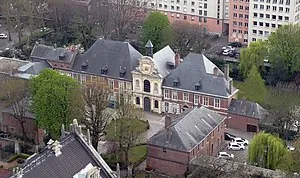
Fort Saint-Sauveur
A fort and former military stronghold, Fort Saint-Sauveur was constructed between 1674 and 1707 and is one of five redoubts built by Vauban in France.
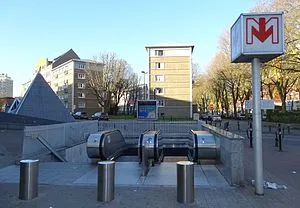
Lille Grand Palais
A underground station, Lille Grand Palais is built on two levels with a surface access and elevator, featuring ticket sales and composting, as well as central pathways and opposite platforms.
Audio Preview
30 sec
École Nationale Supérieure d'Arts et Métiers (Lille)
A school building, École Nationale Supérieure d'Arts et Métiers (Lille), featuring a monumental façade with a sculpted fronton, a interior gallery of founders' busts, and a machine à vapeur à distribution Corliss from 1900.
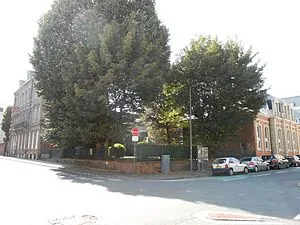
rue de Bruxelles
A street in the Saint Michel quarter of Lille, where the faculties of the University of Lille were built in the late 19th century, and home to the Musée d'histoire naturelle, l'Institut industriel du Nord, and other notable institutions.
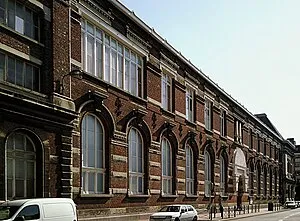
Musée d'Histoire Naturelle de Lille
A museum founded in 1822, housing zoological and geological collections, and enhanced by ethnographic and industrial objects. It is a popular cultural institution that attracts visitors from around the world.
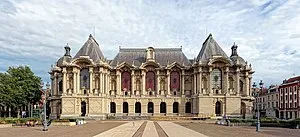
Palais des Beaux-Arts de Lille
Palais des Beaux-Arts de Lille is an art museum housing an impressive collection of 17th-century paintings, including works by Rubens, Van Dyck, and Jordaens, as well as other European masters. The museum also features prints, drawings, and antiquities from the Middle Ages to the Renaissance.
Download App
Experience this tour and many more with our mobile app. Available for iOS and Android.
Audio Preview
Tour Map
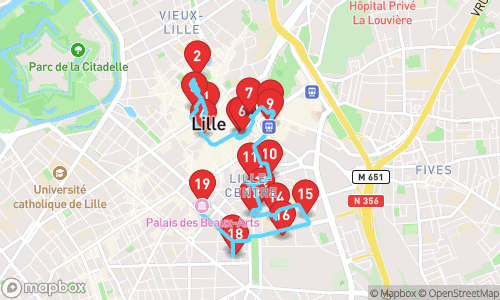
Quick Facts
- ✓GPS-guided navigation
- ✓Professional audio narration
- ✓Offline maps available
- ✓Premium content included
Why Choose This Tour
Expert Local Guide
Narrated by Jenny Multilingual, specializing in general tourism
Flexible Timing
Take the tour at your own pace, any time of day
